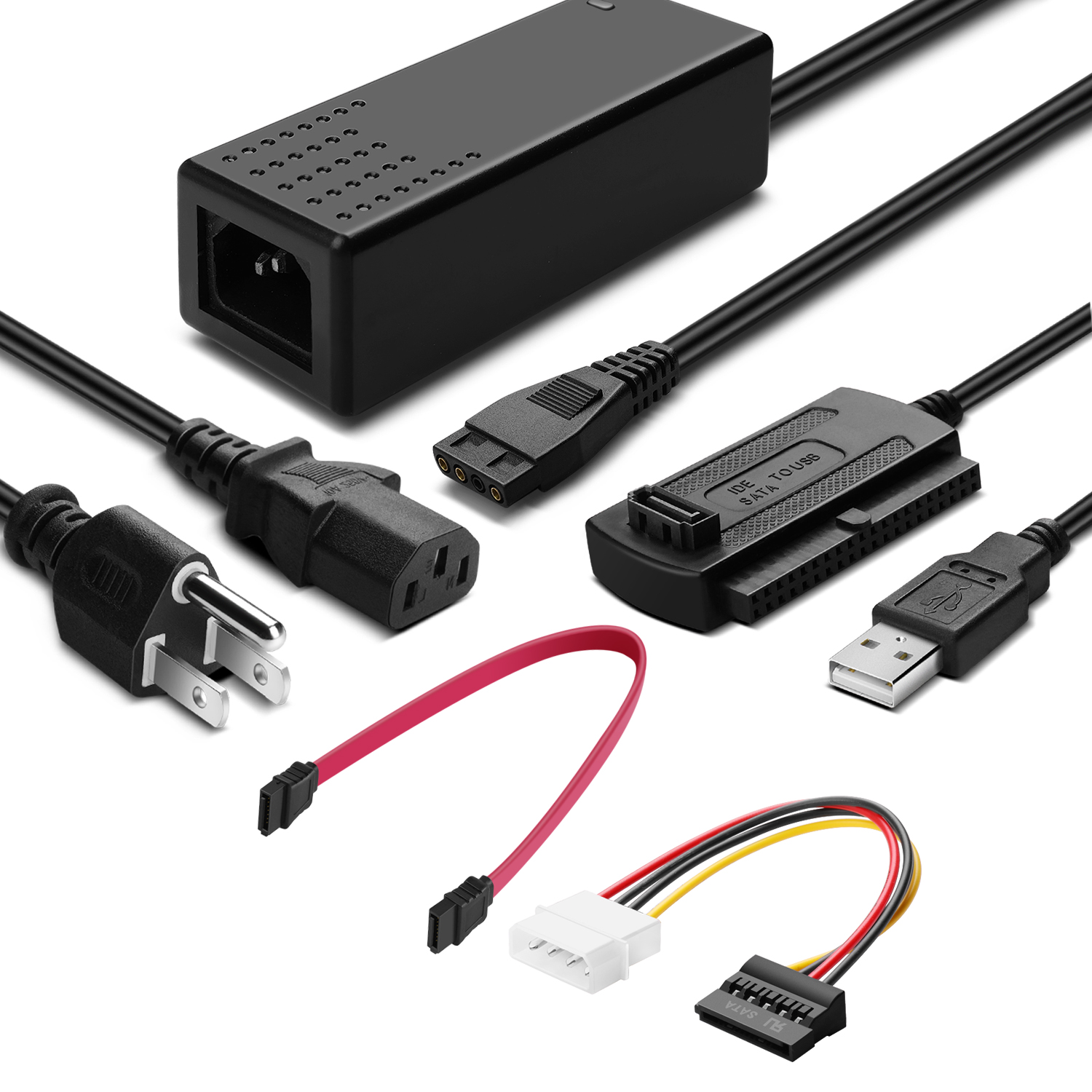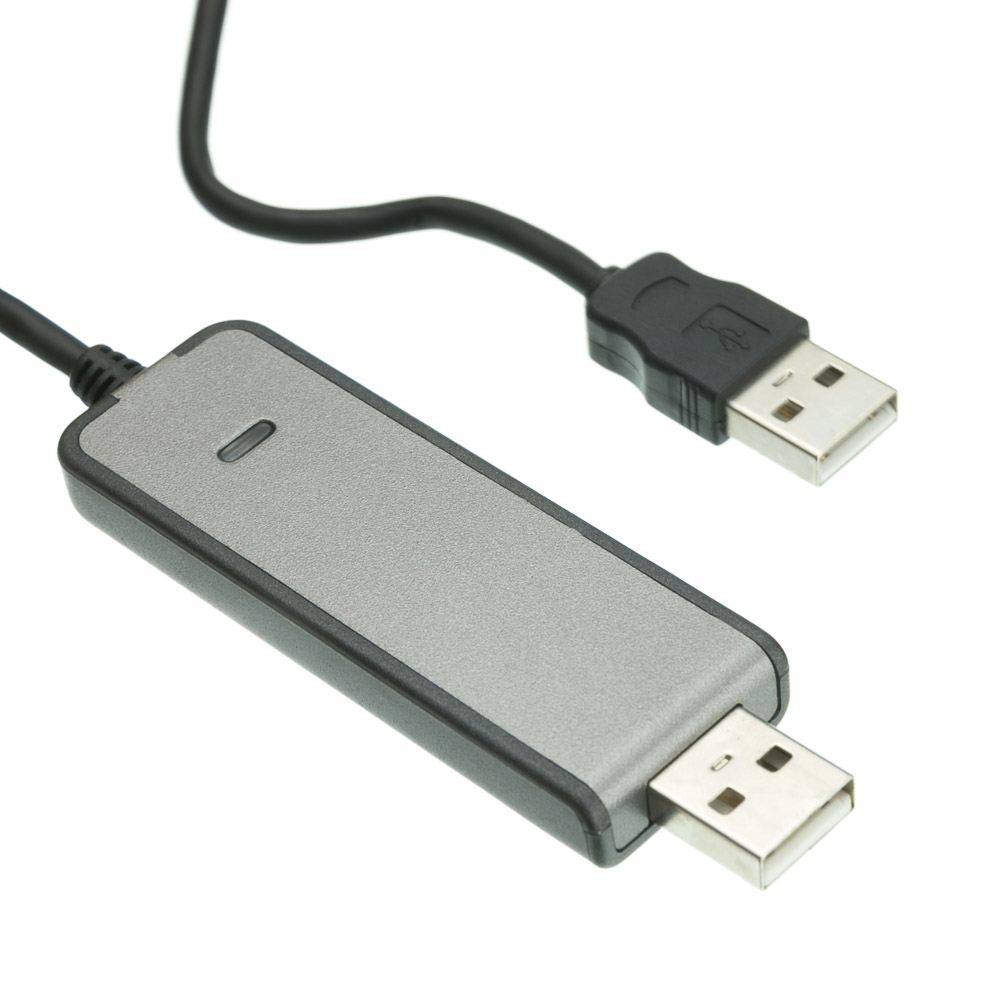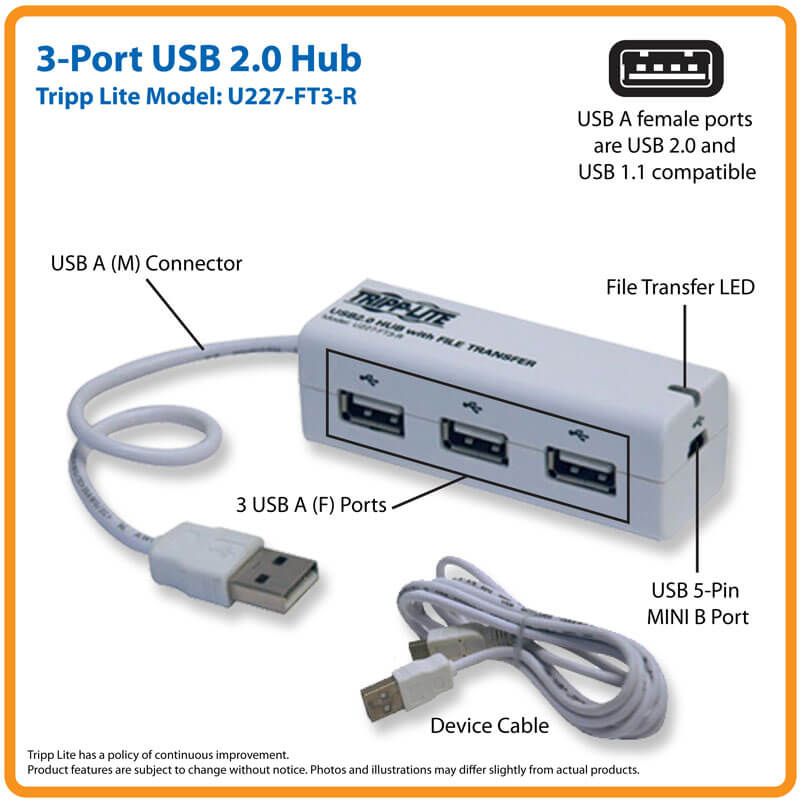

USB 2.0 can deliver power up to 500 mA, whereas USB 3.0 caters up to 900 mA. Power ManagementĬompared to USB 2.0, USB 3.0 provides more efficient power management and increases power delivery. So, in this case, the superfast transfer rate of USB 3.0 is not fully realized. However, the USB 3.0 will work at the speed of the port, no matter it is port 2.0 or 3.0. If you plug a USB 3.0 flash drive into a USB 2.0 port on your PC, it still can be readable. USB 3.0 devices are also backward compatible means. USB 3.0 will exhibit the transfer rate similar to USB 2.0 drive would while connecting to a USB 2.0 port. That is to say, and if you connect a USB 2.0 drive to a USB 3.0 port, the drive will work as expected. Its data transfer rate is up to 4800 Mbps, i.e., 625 Mbs per second. While USB 3.0 is ten times faster than USB 2.0. SpeedĬompared to USB 3.0, the data transfer rate of USB 2.0 is prolonged, which is at 480 megabits/s (60MB/s). That's up to your choice, but if you frequently transfer huge files, USB 3.0 still be a better choice for you if you can afford it. It can even reach more high if you opt for your desired features. USB 3.0 is comparatively costly for sure since it offers ten times faster transfer speeds. You can buy a suitable USB 2.0 device much cheaper.

USB 2.0 version is generally less expensive than the USB 3.0 version. It permits two-way communication simultaneously by having five additional wires due to an increase in its bandwidth. Whereas USB 3.0 has a capacity of 9 connector wires. USB 2.0 supports half-duplex communication and has a total of 4 connector wires. The left port is USB 2.0 colored black from inside, while the port on the right is USB 3.0 colored blue from inside.Īnother difference between USB 2.0 and USB 3.0 is the number of wires connected.

The above image displays both USB 2.0 and USB 3.0 ports. Many computers have both USB 2.0 and USB 3.0 ports. You may wonder: if there are any physical differences between USB 2.0 and USB 3.0? How to distinguish both of these by their appearance? Well, that's not difficult. This section has gathered the significant differences between USB 3.0 and USB 2.0. While comparing USB 2.0 and USB 3.0, they vary in size and a handful of other things that distinguish them. With a lot of advancements in technology, USB 3.0 has become the new standard for USB devices. Universal Serial Bus (USB) is a standard that provides an interface to connect your computer with any peripheral device. Part 1: Difference Between USB 3.0 and 2.0 Part 2: 5 Tips to Convert USB 2.0 to 3.0.Part 1: Difference Between USB 3.0 and 2.0.


 0 kommentar(er)
0 kommentar(er)
